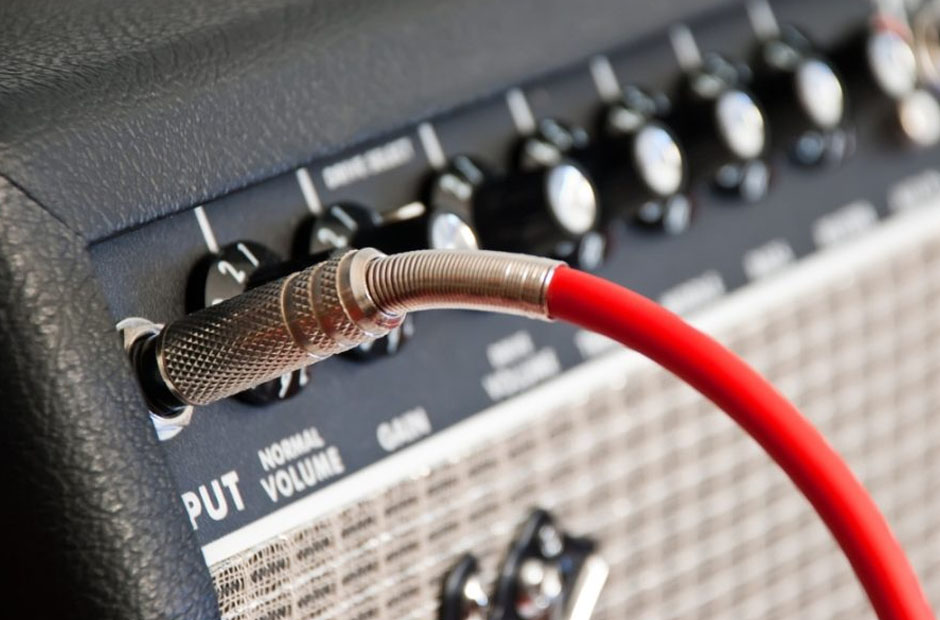Now Reading: The Ultimate Guide to Affordable Audio Connections
-
01
The Ultimate Guide to Affordable Audio Connections
The Ultimate Guide to Affordable Audio Connections

Are you looking to set up or upgrade your audio system without spending a fortune? High-quality sound doesn’t always have to come with a high price tag. With a bit of knowledge, you can find affordable connectivity solutions that deliver excellent performance for your speakers, headphones, and microphones.
This guide will explore some of the best budget-friendly options for connecting your audio equipment. We’ll break down four popular and cost-effective connection types, explaining what they are, their best uses, and why they might be the perfect fit for your setup.
1. RCA Connectors
RCA connectors are one of the most recognizable and enduring standards in the consumer audio world. Typically found in pairs—a red connector for the right audio channel and a white (or sometimes black) connector for the left—these cables have been a staple for connecting everything from turntables and CD players to receivers and amplifiers for decades.
Their simplicity is their greatest strength. RCA cables are widely available, incredibly affordable, and compatible with a vast range of audio equipment, especially older or entry-level gear. While they don’t offer the same noise rejection as balanced connections like XLR, they are more than sufficient for most home audio setups, providing a clean and reliable signal over short distances. For anyone building a home stereo system on a budget, RCA cables are an essential and cost-effective component.
2. The 3.5mm Mini-Jack
The humble 3.5mm mini-jack, also known as a headphone jack or an aux cord, is arguably the most universal audio connector in modern electronics. It’s the standard for headphones, smartphones, laptops, and portable music players. Its small size and convenience have made it a go-to for personal audio.
Beyond just headphones, this connection is incredibly versatile. You can use a 3.5mm-to-RCA cable to connect your phone or laptop directly to a stereo receiver or powered speakers, instantly turning your personal device into a source for a larger sound system. This versatility extends to recording, too; a quality 3.5 mm mini jack microphone can be a great starting point for podcasters or musicians on a tight budget, plugging directly into a computer’s microphone input without needing an expensive audio interface. Given their low cost and widespread use, 3.5mm cables and connectors are a cornerstone of affordable audio.
3. Banana Plugs
For connecting speakers to an amplifier or receiver, banana plugs offer a significant upgrade over bare speaker wire for a minimal cost. While simply twisting the bare wire and clamping it into the binding posts works, it can be flimsy, prone to short circuits if stray strands touch, and inconvenient to connect and disconnect.
Banana plugs are small connectors that attach to the end of your speaker wire, providing a secure, insulated, and easy-to-use plug. They create a more reliable and larger surface area connection with the binding post, which can lead to a slight improvement in signal integrity. A pack of banana plugs is inexpensive, and installing them on your speaker wire is a simple DIY task. They bring a touch of convenience and professionalism to any home theater or hi-fi system, making them a worthwhile and affordable upgrade for any audio enthusiast.
4. TOSLINK (Optical Audio)
TOSLINK, also known as an optical audio connection, uses fiber optic cables to transmit digital audio signals as pulses of light. This method makes it completely immune to the electrical interference and hum that can sometimes plague traditional copper cables, especially over longer distances or in environments with a lot of electronic “noise.”
You can find TOSLINK ports on many modern TVs, gaming consoles, Blu-ray players, and soundbars. They are an excellent way to send high-quality stereo or compressed surround sound from your source device to your receiver or soundbar. Optical cables are surprisingly affordable, with prices often comparable to decent-quality RCA cables. If you’re experiencing hum or interference in your digital audio setup, switching to a TOSLINK connection is a cost-effective solution that can provide a crystal-clear signal. It’s a simple, reliable, and budget-friendly way to ensure your digital audio is as clean as possible.
















